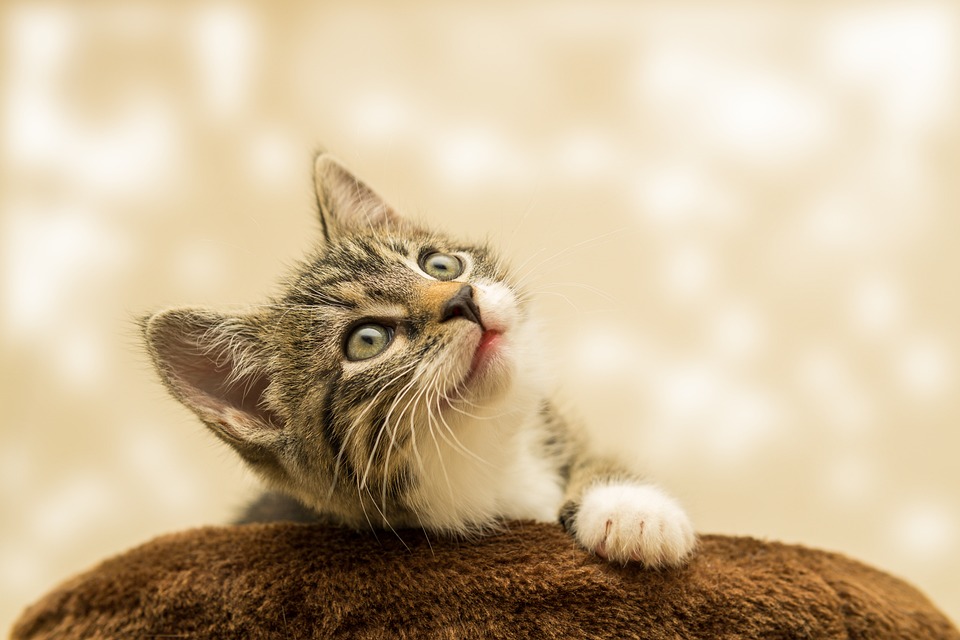
Mastering Feline Etiquette: Essential Cat Behavior Tips for Raising Well-Behaved Felines
Cats are fascinating creatures, full of personality and quirks that make them unique companions. While they may be independent, they benefit greatly from guidance and training to ensure they are well-behaved and content. This article provides essential tips and strategies for enhancing your cat’s behavior and understanding their needs.
Understanding Feline Behavior
Before diving into training techniques, it’s crucial to understand the natural behavior of cats. Cats are territorial animals with instincts rooted in hunting, exploring, and marking their environment. Recognizing these innate behaviors can help you address any issues and work with your cat’s natural tendencies.
Recognizing Common Cat Behaviors
Some typical behaviors include scratching, pouncing, and climbing. While these actions are normal, they can sometimes lead to challenges in a domestic setting. Understanding these behaviors is the first step in managing them effectively.
Effective Training Techniques
Training a cat requires patience, consistency, and positive reinforcement. Cats respond better to encouragement rather than punishment, which can create stress and lead to further behavioral issues.
Positive Reinforcement
Positive reinforcement involves rewarding your cat for desired behaviors. This could be in the form of treats, praise, or petting. For example, if you’re teaching your cat to use a scratching post instead of furniture, reward them every time they use the post.
Clicker Training
Clicker training is a popular method for teaching cats new behaviors. A clicker is a small device that makes a distinct sound. You can use this sound to mark a desired behavior, followed by a reward. This method helps your cat understand which actions are encouraged.
Addressing Behavioral Issues
Behavioral issues in cats can stem from a variety of sources, including stress, health problems, or environmental factors. Identifying the root cause is essential for effectively addressing these issues.
Scratching Furniture
Scratching is a natural behavior for cats, used to mark territory and maintain their claws. To prevent damage to furniture, provide ample scratching posts and pads around your home. Ensure they are stable and placed in areas your cat frequently visits.
Litter Box Problems
Litter box issues can arise if a cat is dissatisfied with the cleanliness, location, or type of litter. Ensure the litter box is cleaned regularly, placed in a quiet, accessible location, and filled with litter your cat prefers.
Excessive Meowing
Excessive vocalization can be a sign of attention-seeking, hunger, or a response to changes in the environment. Determine the cause of your cat’s meowing and address it by providing more interactive playtime or adjusting their feeding schedule.
Creating a Stimulating Environment
Cats thrive in environments that stimulate their senses and provide opportunities for exploration and exercise. A well-enriched environment can reduce boredom and prevent behavioral problems.
Interactive Toys
Provide a variety of toys that encourage your cat to play and explore. Interactive toys, such as puzzle feeders and laser pointers, can engage your cat’s hunting instincts and keep them mentally stimulated.
Vertical Space
Cats love to climb and observe their surroundings from a height. Include cat trees, shelves, and window perches in your home to give your cat the vertical space they crave.
Safe Outdoor Access
If possible, provide safe outdoor access through a catio or leash training. This allows your cat to experience the outdoors while minimizing risks associated with free-roaming.
Building a Strong Bond
A strong bond with your cat fosters trust and makes training more effective. Spend quality time with your cat, engaging in activities they enjoy, such as playtime or grooming sessions.
Understanding Body Language
Cats communicate through body language. Learn to recognize signs of contentment, stress, or aggression to better respond to your cat’s needs and improve your relationship.
Respecting Boundaries
Cats appreciate their personal space and may become stressed if handled too much. Respect your cat’s boundaries and allow them to approach you on their terms.
Conclusion
Raising a well-behaved feline companion involves understanding their natural behaviors, employing effective training techniques, addressing behavioral issues, creating a stimulating environment, and building a strong bond. With patience and consistency, you can help your cat become a happy and well-mannered member of your family.
#ChatGPT assisted in the creation of this article.








